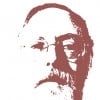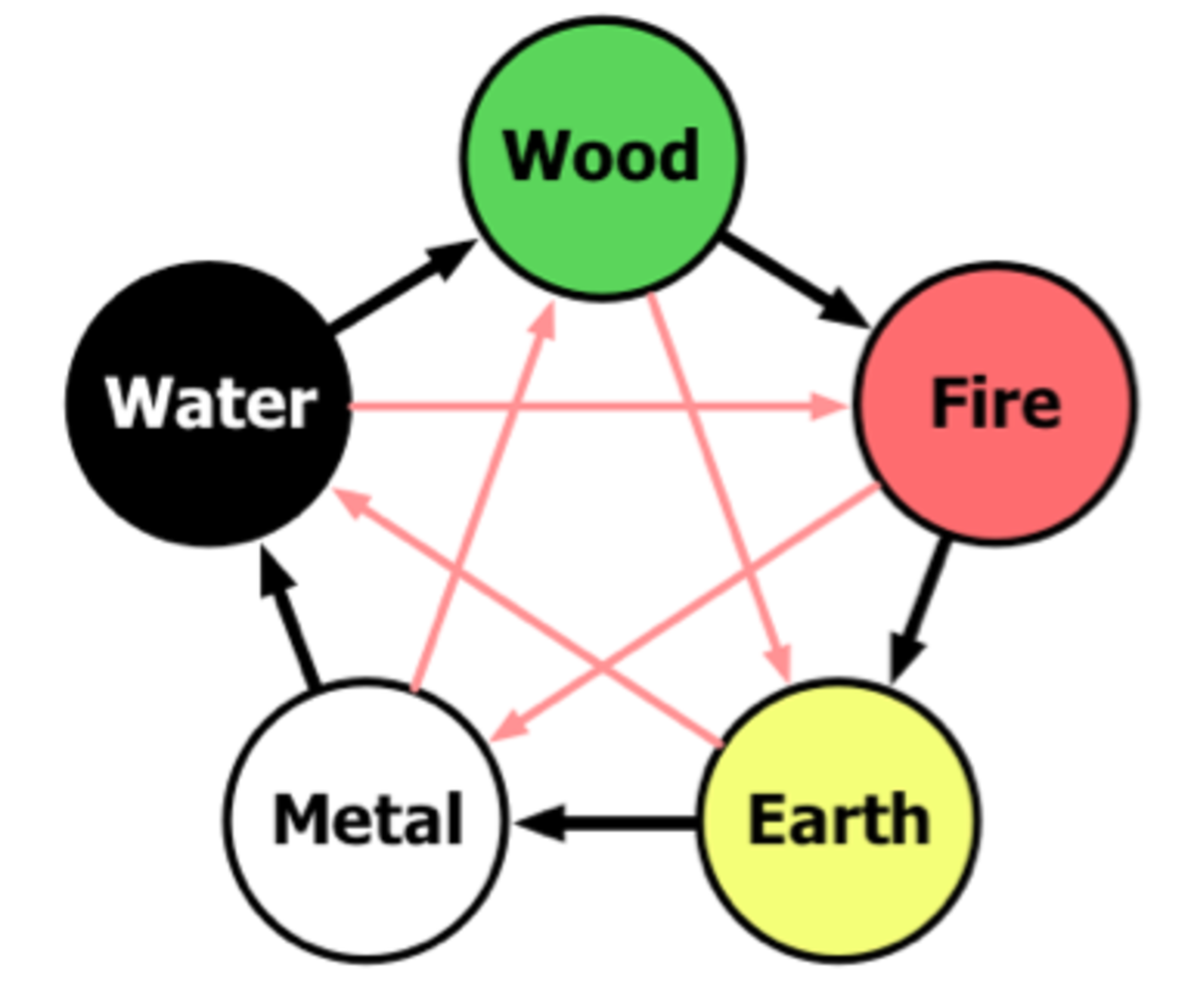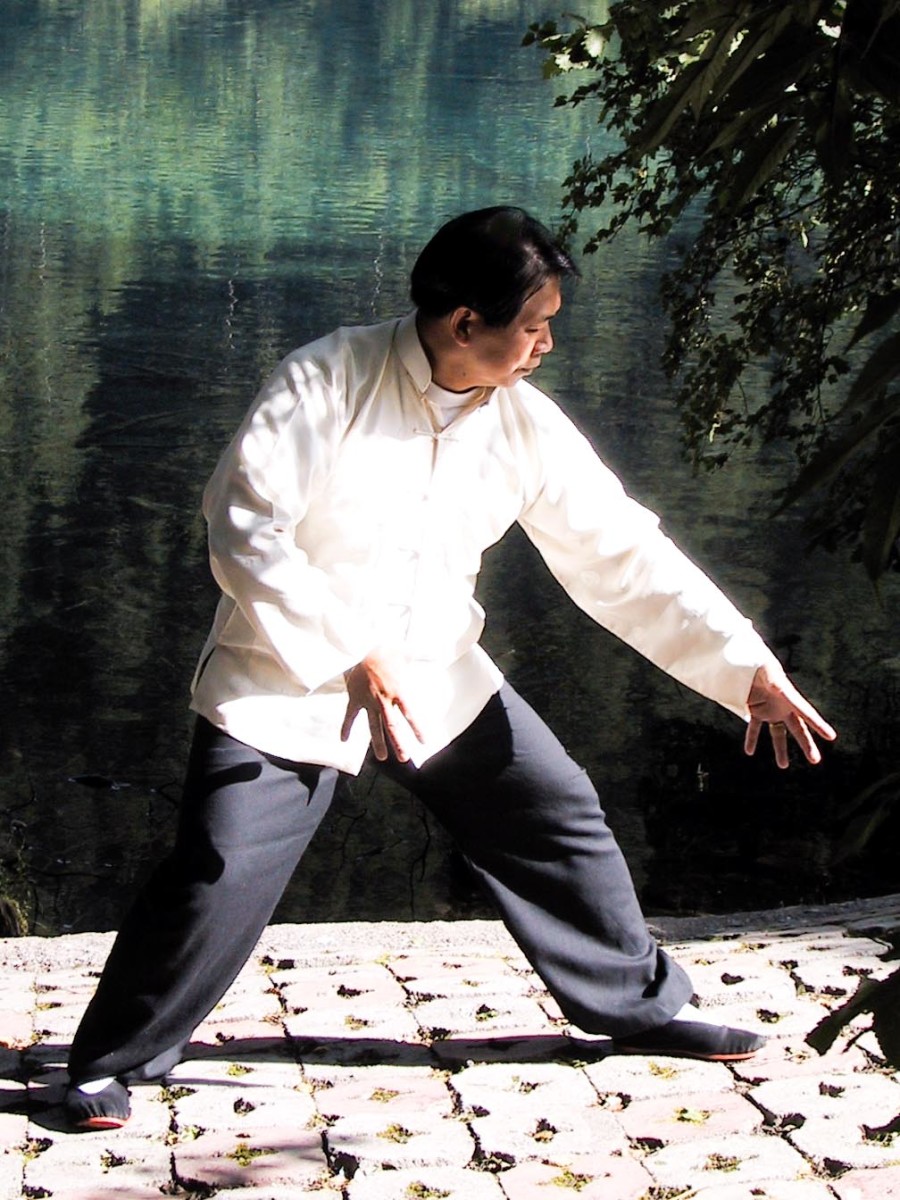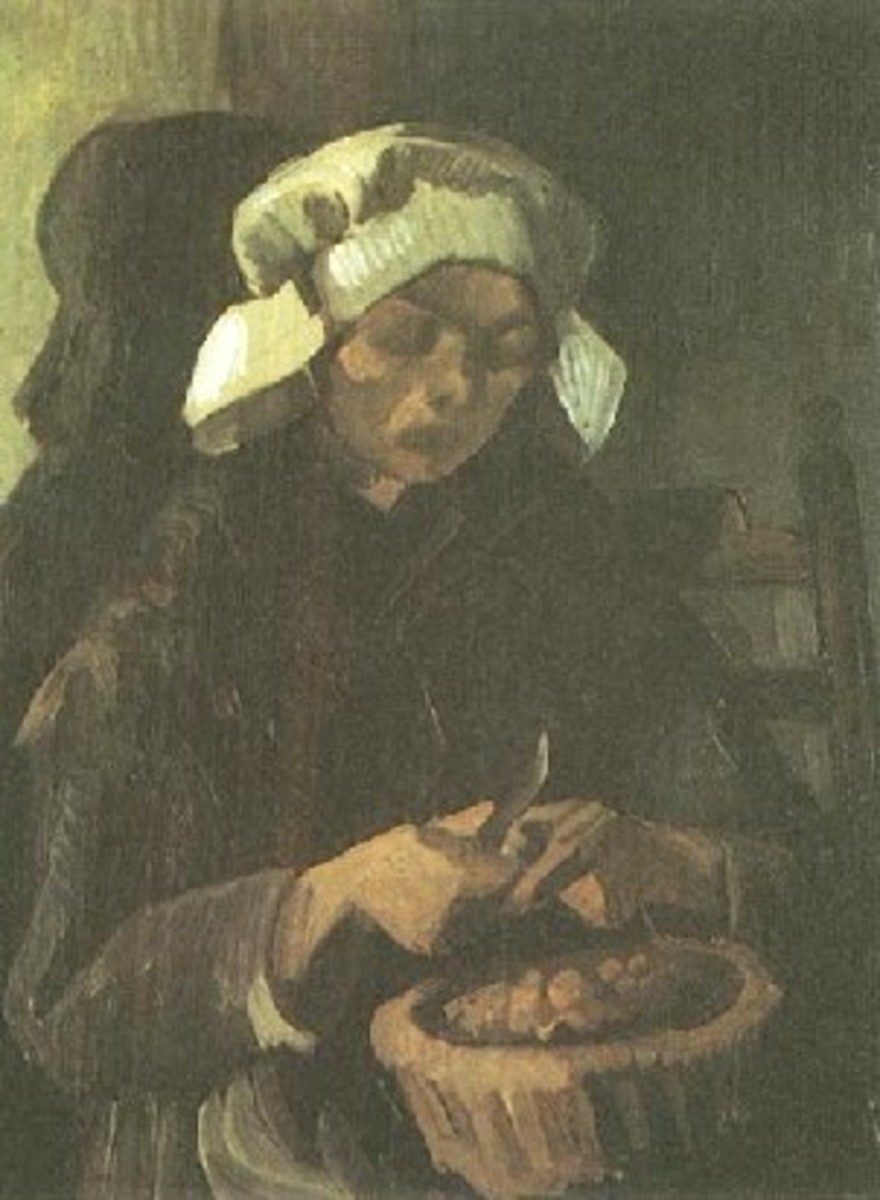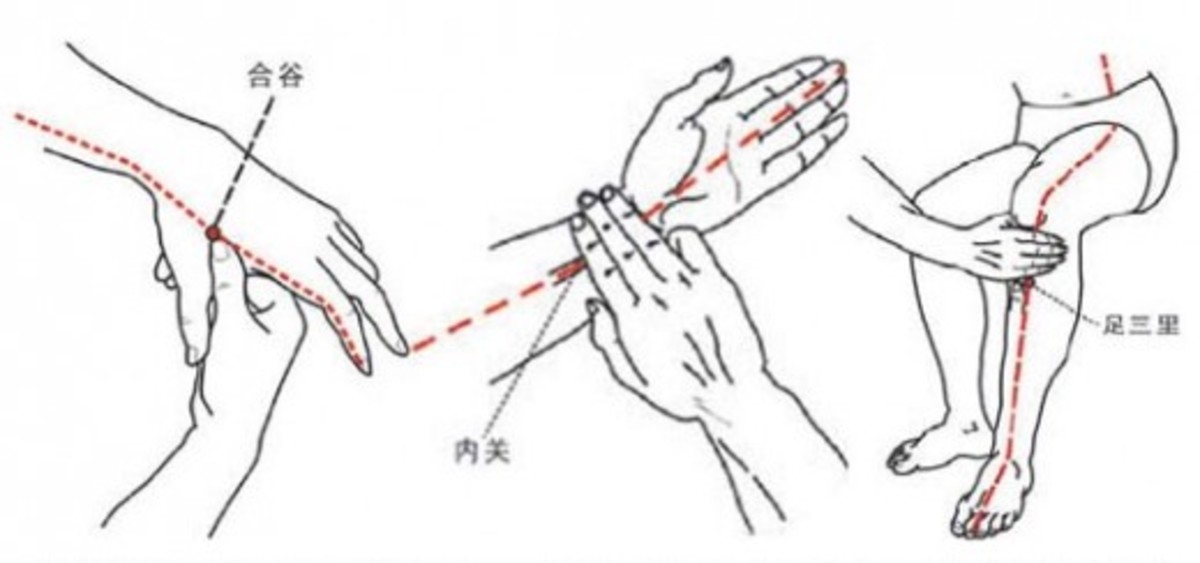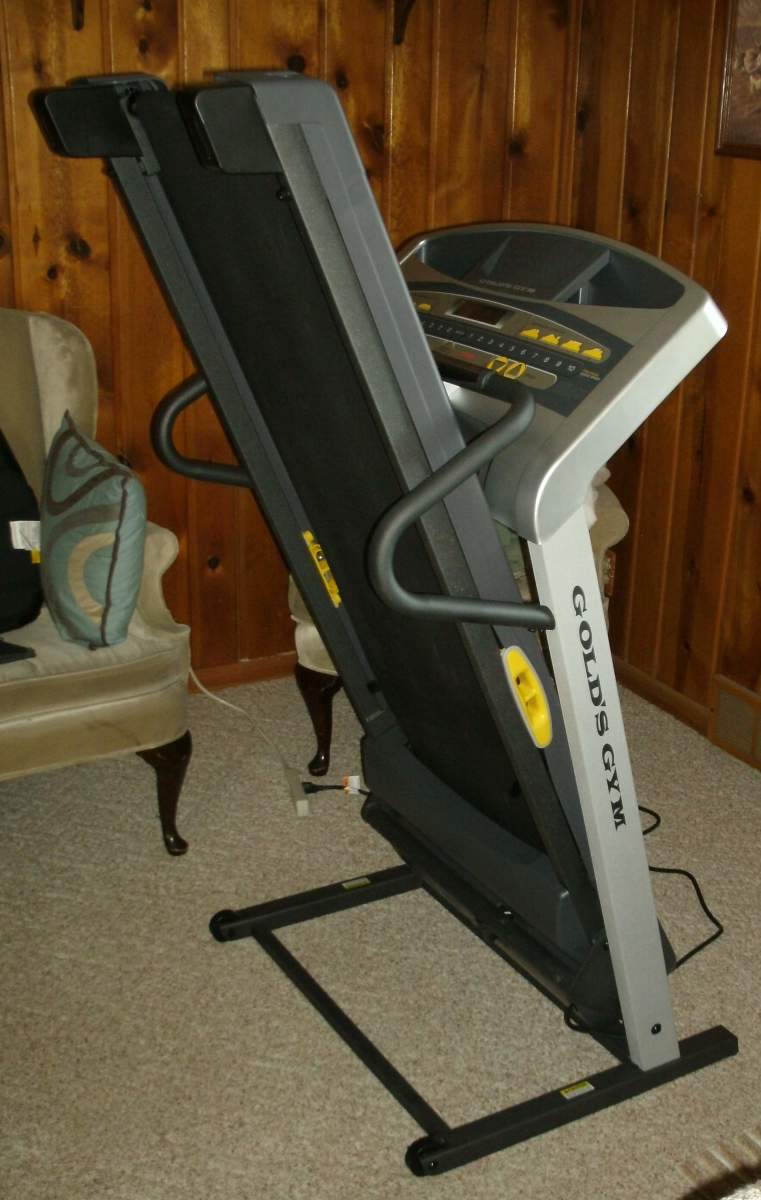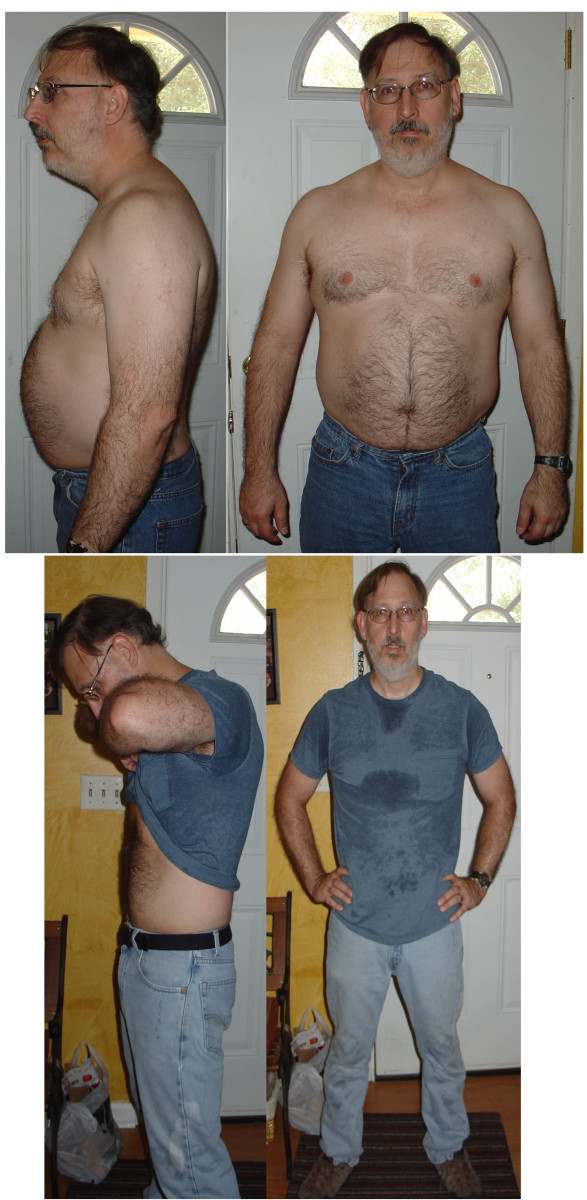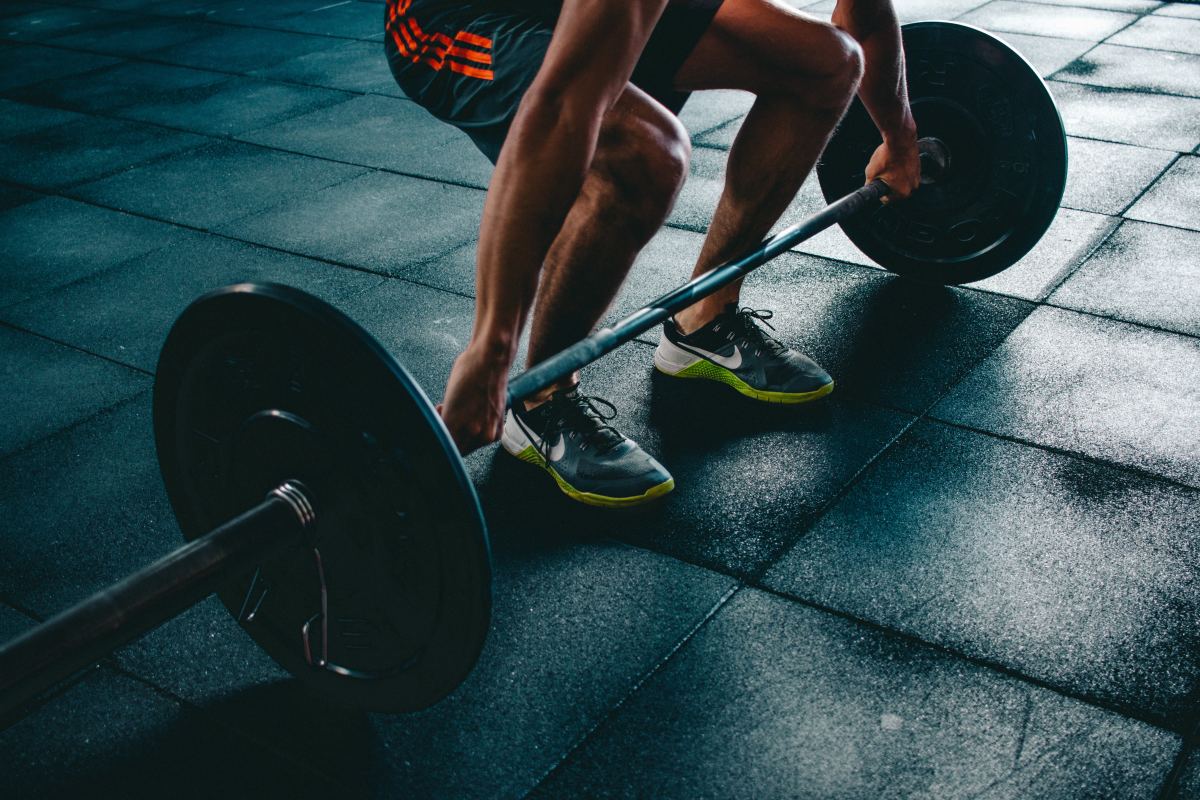A Guide: What Is Qigong?
Images of People Performing Qigong
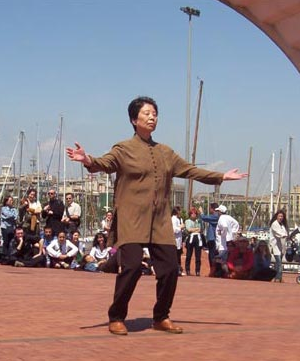
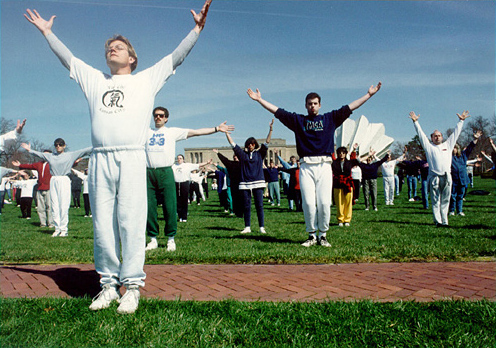
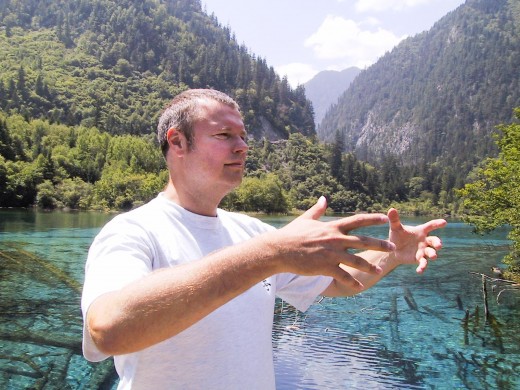
Qigong Has Many Different Synonyms and Styles
If you are without any prior knowledge and you encounter bits and pieces of information about a mysterious thing called qigong, it can be confusing to form a clear concept as to what it is. Several things make it confusing - there are many styles, different philosophies and qigong can be spelled several different ways. Different dialects of the Chinese language end up with different translations, so you will encounter equivalent spellings like qi gong, chi kung or chi gung. In the 20th century, qigong became the most often-used term for what were called "dao yin" exercises, which means "leading the energy." Chi (or qi) means energy and gong means work, therefore qigong is energy work. Qi is also synonymous with breath, so it may also mean breath work. Both are essential aspects of qigong.
(There are many anglicized terms used to describe technical aspects of performing qigong. For a web page that describes many of these terms see Qigong Terms for Taoist Practices and Theory)
Another confusing aspect about qigong is that there are many different exercises with the name of qigong, coming from different traditions. It can therefore be difficult to exactly pin down the difference between ordinary exercises and qigong exercises. There are external energy exercises, usually referred to as qigong, as well as internal exercises known as either neigong or nei dan. There are practice where one stands in one place, and there are highly choreographed forms like soaring crane, and ultimately complex forms like T'ai Chi Chuan and Ba Gua.
However, there is an underlying philosophy of basic principles that are characteristic of all qigong exercises. Movement from the waist, or the lower dantien (in the middle of the body, 2 inches below the navel), and relaxation of the muscles is characteristic of most forms.
There are styles which have no external movement known as standing qigong, which can have many different static postures. This style is also known a zhan zhuang (pronounced jan jong), or "standing like a tree." These postures help improve balance, ability to relax for improve energy glow and improve the execution of movement exercises. Standing also improves energy flow in the body, grounding and one's ability to relax within a posture. One of the popular postures, known as "holding the ball," is shown in the third picture on the right. Taoist Lineage Master Bruce Frantzis calls standing qigong the "million dollar secret" of qigong energy development.
Beginning students of qigong often start with simple movement forms that do not require feet movement. An example would be Longevity Qigong and repetition of the commencement move of Yang-style T'ai chi chuan. For an intermediate learner, a simple seven movement form known as Dragon-Tiger Qigong, taught by Frantzis. This form requires very simple foot movements (up and down) and hand movements follow what are called the extraordinary meridians. Another common beginner form is Ba Duan Jin, as seen in a video below.
Ba Duan Jin (Eight Brocades) Qi Gong Video
A Demonstration of Dragon-Tiger Qigong
The Reasons for Practicing Qigong
You can practice qigong to improve or maintaining health, which is its principle practical use today. There are also qigong meditation exercises which help calm the mind and help in self-awareness. Most health improvement qigong consists of exercises that help guide the energy through the body, helping detoxify, balance and recharge it. Because relaxation is essential for success, regular practice makes practitioners more tranquil and resistant to stress. There are also martial qigong exercises like Iron Shirt which increases the body's ability to take blows. Many qigong exercises, if they are done correctly, can have both martial applications and the ability to improve health.
Because the intent of qigong is to integrate the body and mind, one could also call qigong "Chinese Yoga." Yoga means to yoke the mind and the body. There is no doubt that qigong forges an intimate connection between both body and mind, albeit in a different manner than the Hindu tradition of yoga - especially if one is following the Water Tradition. For improving health, melding the mind and body is absolutely necessary to facilitate change. Embodiment is the goal. Breath meditations are usually a first step to help connect the two, calming the mind so it can be open to receiving sensations within the body.
So, if you improve your health and you live with less stress, you also end up living a longer, happier and healthier life. Thus, qigong needs to be seriously considered by anyone who is interested in increasing their longevity. It also helps if you eat moderately and choose good foods, avoid behaviors that threaten your health and get adequate rest.
Primordial Qigong Performed by a Tai Chi GrandMaster, Feng Zhiqiang
What Are the Roots of Qigong: Traditional Chinese Medicine and Other Influences
One cannot separate qigong from the ancient tradition of Traditional Chinese Medicine (TCM). TCM and qigong had its origins in the first and second centuries BC. Ancient manuscripts and rock paintings show people performing qigong exercises, including what is currently known as Ba Juan Din, or the Eight Brocades.
There are Taoist and Buddhist influences, because both traditions are integrated within China and each has developed many exercises. There is the Water Tradition, which is influenced by the work of the legendary Taoist master Lao Tze, the Tao The Ching. This work, set as 81 verses, outlines many principles on how to transform yourself without getting in your own way. An example is verse 30:
Whenever you advise a rules in the way of the Tao,
Counsel him not to use force to conquer the universe.
For this would only cause resistance.
.......Achieve results,
But never glory in them.
Achieve results,
But never boast.
Achieve results,
But never be proud.
.........
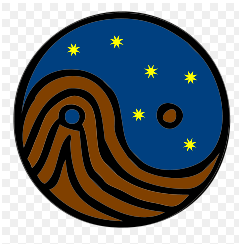
Qigong Resources I recommend

The Taoist Water Method of Qigong
The first two books in the recommended reading list above are published by the Taoist Lineage Master, Bruce Frantzis, who brought the Taoist Water Method to the United States in 1986. These practices are ways to gently and gradually transform oneself to overcome disease conditions, mental blockages and physical imbalances through work on your inner and outer energy fields.
In the second book, Relaxing Into Your Being, Frantzis compares the Fire and Water Tradition methods, explains the 16-part nei gung (inner work) system for developing your energy and breathing methods from beginner to advanced. In volume 2 of this series, advanced meditation techniques are taught. A review of his work can be found on the Rogue Taoist Site.
Through his books, Frantzis explains the Taoist Water Tradition in English in the clearest prose, in a way no other person has done before or since. He has regular workshops, has a program of teacher certification and has published many books, DVDs and recordings that illustrate the methods and help in the training. I highly recommend his work.
Taoism, Spontaneity and Letting Go - Lao Tse and Chuang Tse

